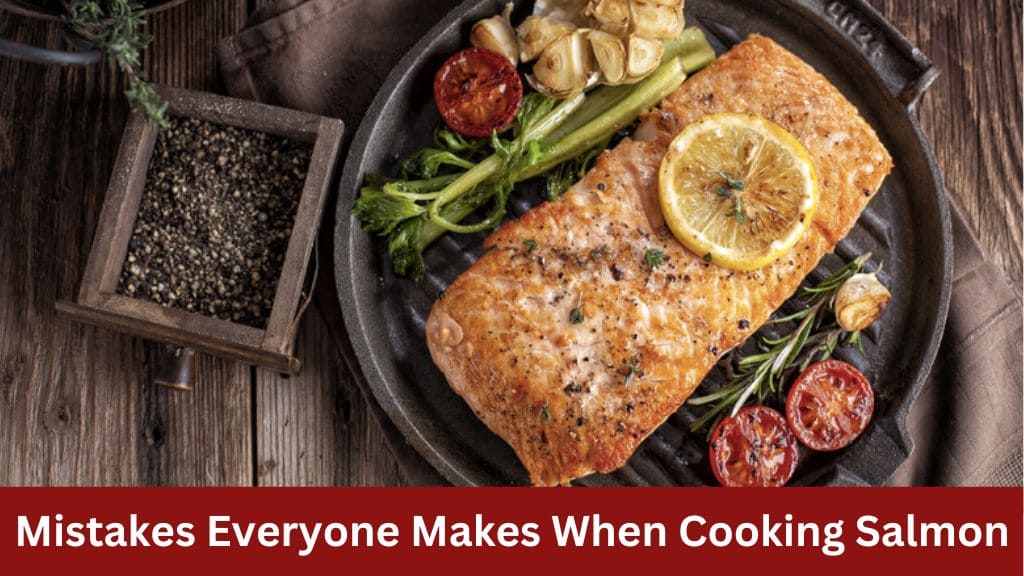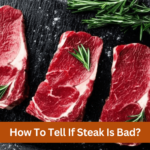Salmon is a beloved fish, known for its rich flavor, high nutritional value, and versatility in the kitchen. However, cooking salmon to perfection can be tricky, and even experienced cooks can fall into common pitfalls. In this comprehensive guide, we will explore the mistakes everyone makes when cooking salmon and provide tips and tricks to avoid them. By the end, you’ll be equipped to cook salmon like a pro.
1. Not Checking for Pin Bones

Why It’s Bad
No one wants to pull a fish bone out of their mouth, and swallowing one is a potential choking hazard. Even perfectly filleted salmon can contain a few of what are called “pin bones,” which are actually calcified nerve endings, not bones at all.
How to Fix It
Before cooking, run your fingers gently over the fillet to feel for the sharp tips of the bones. Grasp the tip of the bone with clean needle-nose pliers or sturdy tweezers, or use your fingers covered by a paper towel. The 1- to 2-inch bones should slide out with a gentle tug. Taking the time to remove these will ensure a safer and more pleasant dining experience.
2. Marinating Salmon Too Long
Why It’s Bad
Rich salmon pairs beautifully with acidic ingredients like vinegar or citrus juice. However, if marinated too long, the acid will begin to “cook” the fish’s flesh, resulting in a dish that’s mushy, not silky and succulent.
How to Fix It
Keep marinating time to 20 to 30 minutes if using acidic ingredients. Remember that soy sauce is mildly acidic, so if your marinade is heavy on soy, limit soaking time to about 1 hour. This will preserve the desirable texture of the salmon.
3. Cooking Salmon Past Medium

Why It’s Bad
Overcooking salmon can compromise its flavor and texture, resulting in a dry and fishy meal. While some prefer well-done salmon, most people enjoy it best when cooked to medium.
How to Fix It
Check salmon early and often during cooking. As soon as the surface changes from glossy and deep pink to pale and matte or lightly browned, start checking it. Use an instant-read thermometer to monitor its progress:
- Medium Rare: 125°F (about 120°F for wild salmon)
- Medium: 145°F (about 140°F for wild salmon)
Alternatively, use the skewer or knife method: stick the tip into the thickest part for 3 seconds, then place the metal flat on your skin below your bottom lip. If it’s cold, the salmon needs more time; if warm, it’s just right; if hot, it’s overdone. You can also cut into the flesh to check if it’s just rosy and barely translucent.
4. Cooking Wild Salmon the Same Amount of Time as Farmed
Why It’s Bad
Wild salmon is significantly leaner than farmed salmon, meaning it will overcook more quickly, affecting the fish’s flavor and texture.
How to Fix It
Check wild salmon for doneness even more vigilantly than farmed varieties or lower the cooking temperature slightly. Unless a recipe specifies wild salmon, assume it was written for farmed and adjust the cooking time or temperature accordingly.
5. Not Folding the Tail Section of a Fillet Under

Why It’s Bad
A whole salmon fillet makes an impressive meal, but its shape can be a challenge to cook evenly. The fillet narrows and thins out towards the tail end, leaving a stretch of flesh open to overcooking and drying out.
How to Fix It
Gently tuck the last few inches of a whole fillet under itself to even out its thickness. This insulates the thin end and helps keep it from drying out. If it’s a skin-on fillet, unfold the end and remove the extra skin after cooking. This technique also works for the thinner edges of pieces of salmon if you’re baking or pan-searing them.
6. Flipping Salmon Incorrectly
Why It’s Bad
Salmon’s lovely appearance is part of its popularity and can be almost as important as its great flavor. Flipping any fish incorrectly can make it break apart, resulting in a messy presentation.
How to Fix It
Flipping fish is easiest with a spatula that’s as big, or almost as big, as your fish pieces. A special fish spatula made from perforated metal works well, allowing you to work it under a piece and gently lift and turn. You can also use an oversized spatula like one for pancakes. In a pinch, use two smaller spatulas. If grilling, consider using a basket: it’s almost foolproof.
7. Not Scrubbing Your Skillet After Cooking Salmon
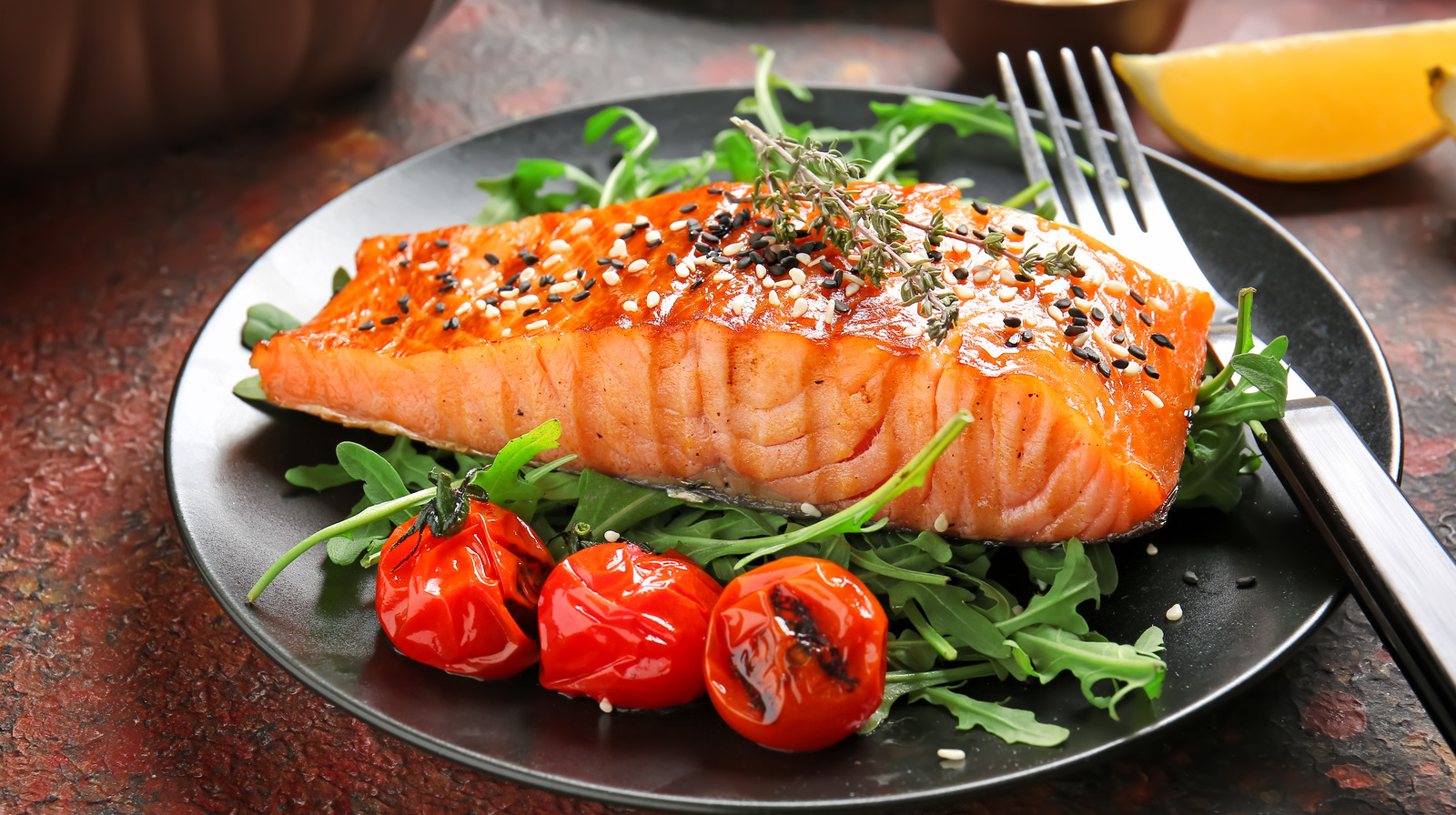
Why It’s Bad
Salmon’s rich, ocean flavor makes for a spectacular dinner, but that same taste and odor might not be welcome with your morning pancakes. Cast-iron in particular has a porous surface that can absorb salmon’s natural oils as it cooks, but even nonstick skillets can retain fishy oil and odors.
How to Fix It
Clean your skillet immediately after cooking salmon to minimize absorption. For cast-iron, scrub it with warm water, then drain it, rub it briefly with salt, and rinse again. For nonstick, fill the pan with warm soapy water after cooking and let it soak for at least 30 minutes. Rinse and scrub gently. Smell your pans before drying them; if you detect any fishy odors, repeat washing.
8. Using Too Much Oil
Why It’s Bad
Salmon is already rich in healthy fats, so using too much oil when cooking can make the dish greasy and overpower the natural flavor of the fish.
How to Fix It
Use a light hand with oil. A thin coating is usually sufficient to prevent sticking and enhance the fish’s flavor. For skin-on fillets, a very small amount of oil is often enough since the skin will release natural fats as it cooks.
9. Not Letting the Salmon Rest
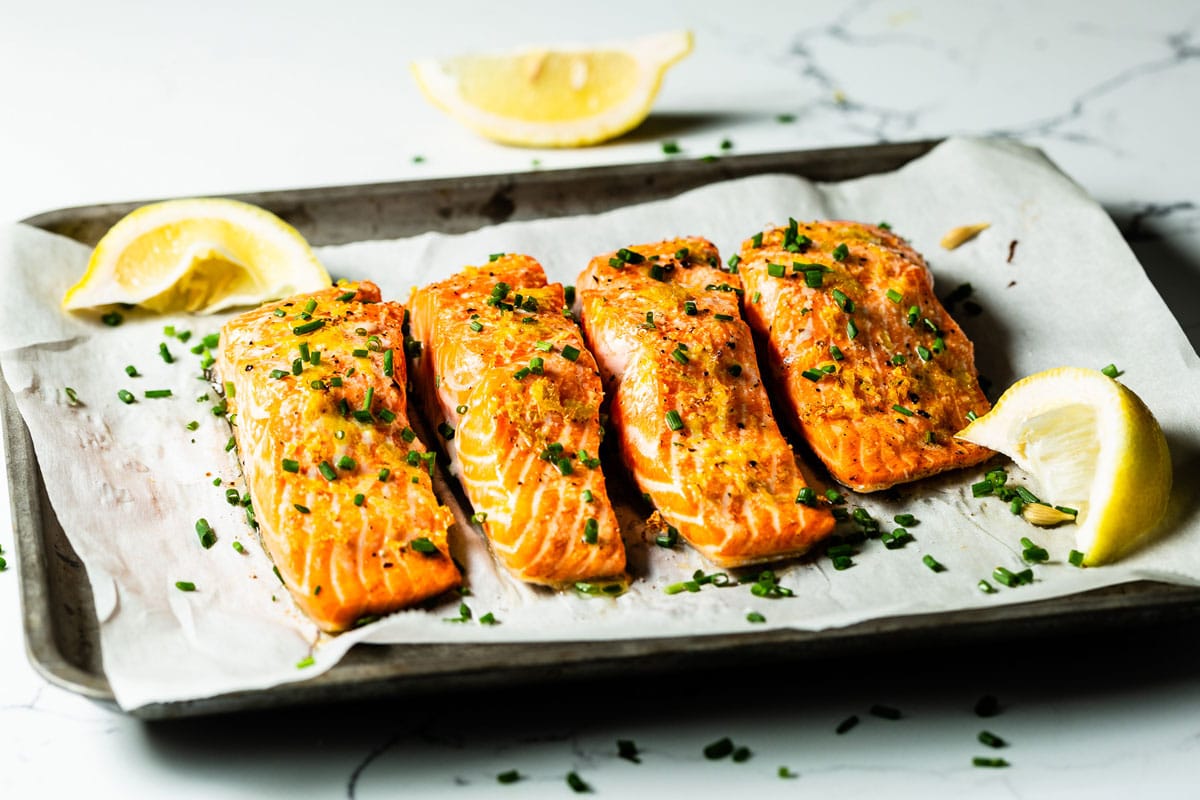
Why It’s Bad
Cutting into salmon immediately after cooking can cause the juices to run out, leading to a drier final product.
How to Fix It
Let the salmon rest for a few minutes after cooking. This allows the juices to redistribute throughout the flesh, resulting in a more moist and flavorful dish.
10. Cooking with the Skin Off
Why It’s Bad
Cooking salmon with the skin off can cause the fish to stick to the pan and fall apart easily. The skin also helps to protect the flesh from overcooking and adds a desirable crispy texture when cooked properly.
How to Fix It
Cook salmon with the skin on. Start with the skin-side down to achieve a crispy texture. If you prefer not to eat the skin, it can easily be removed after cooking. The skin will help keep the fillet intact and moist.
11. Using Too Much Heat

Why It’s Bad
High heat can cause salmon to cook unevenly and result in a burnt exterior while the inside remains undercooked.
How to Fix It
Use moderate heat when cooking salmon. This allows the fish to cook evenly without burning. For baking, set the oven to 375°F to 400°F. For stovetop cooking, use medium to medium-high heat.
12. Not Seasoning Enough
Why It’s Bad
Salmon has a rich flavor, but it still benefits from proper seasoning. Under-seasoning can result in a bland dish.
How to Fix It
Season salmon generously with salt and pepper before cooking. Consider adding herbs, spices, or a marinade to enhance the flavor. Season both the flesh and skin sides for maximum impact.
13. Crowding the Pan
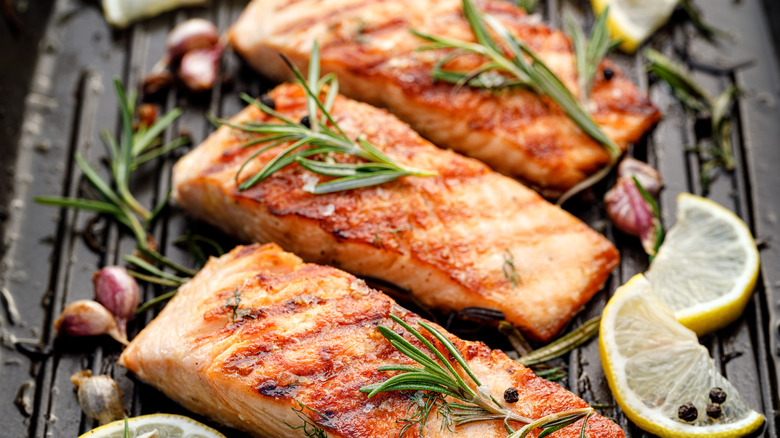
Why It’s Bad
Crowding the pan can cause the salmon to steam rather than sear, leading to a less desirable texture.
How to Fix It
Cook salmon in batches if necessary. Ensure there is enough space around each piece to allow proper searing. This will give the salmon a nice crust and better overall texture.
14. Not Preheating the Pan
Why It’s Bad
Adding salmon to a cold pan can cause it to stick and cook unevenly.
How to Fix It
Preheat the pan before adding the salmon. This ensures an even cooking surface and helps to prevent sticking. For best results, heat the pan over medium-high heat for a few minutes before adding oil and then the salmon.
15. Ignoring the Type of Pan

Why It’s Bad
Using the wrong type of pan can affect the cooking process and the final outcome of your salmon dish.
How to Fix It
Choose the right pan for cooking salmon. Nonstick pans are great for preventing sticking and easy cleanup. Cast iron pans provide excellent heat retention and can create a nice sear. Stainless steel pans are also a good option if preheated and oiled properly.
Conclusion
Cooking salmon can be simple and rewarding when you avoid common mistakes. By checking for pin bones, marinating appropriately, avoiding overcooking, and using the right techniques and equipment, you can ensure your salmon dishes are always delicious and perfectly cooked. Whether you’re a novice or an experienced cook, these tips will help you elevate your salmon cooking game and impress your family and friends with every meal.

